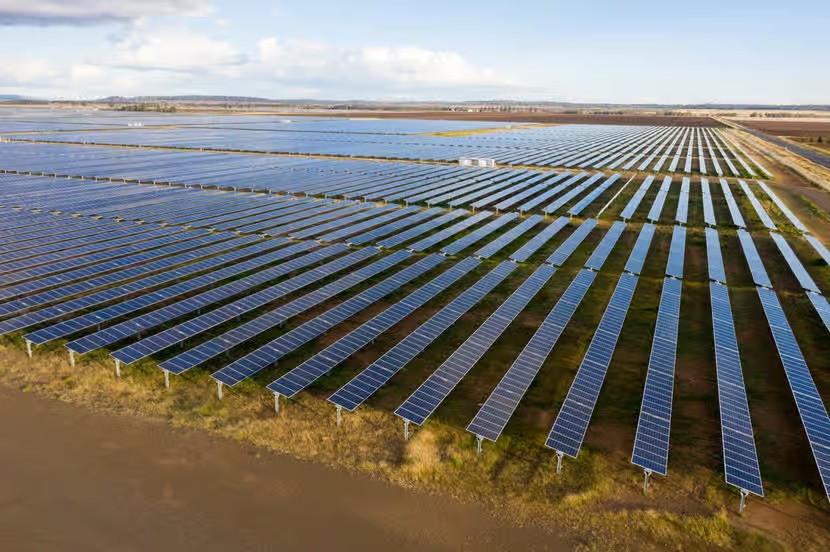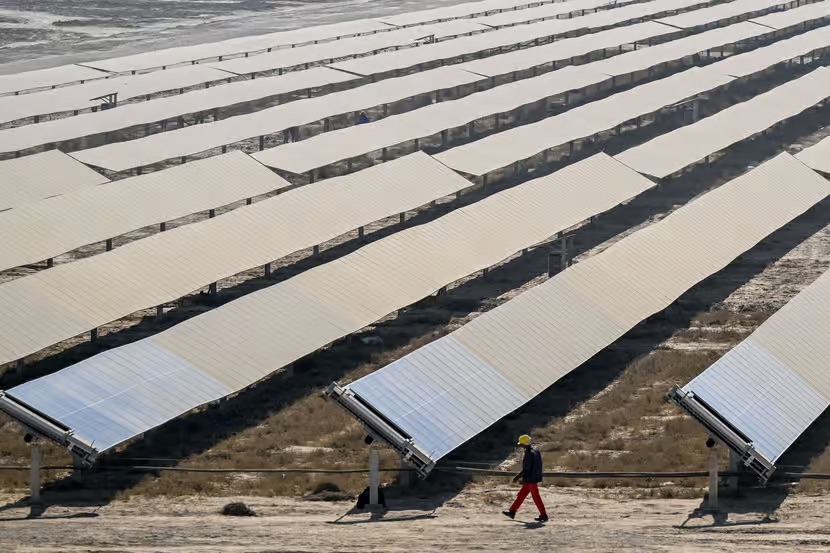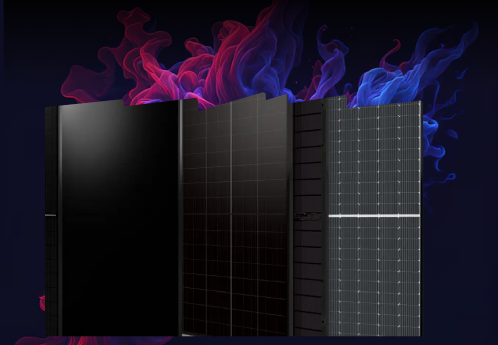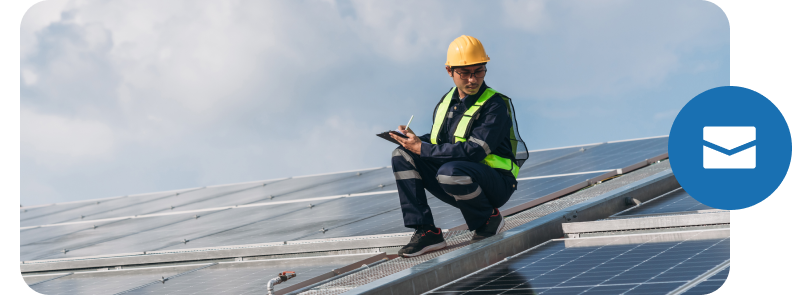The Earth is ready to take the Sun: a retrospective of the world’s largest solar energy projects
Australia, China, India, the United Arab Emirates, Egypt and the United States… All these countries are developing huge solar projects to increase their renewable energy production and supply electricity to millions of homes. These initiatives are part of global efforts to achieve net zero emissions targets in the coming decades. Here they are presented. Here… Continue reading The Earth is ready to take the Sun: a retrospective of the world’s largest solar energy projects
It’s easy to choose the best combiner box for the work if you determine the site, other elements, and how they relate to the combiner. Consequently, today’s topic will be the ultimate purchase guide for a solar combiner box.


Australia, China, India, the United Arab Emirates, Egypt and the United States… All these countries are developing huge solar projects to increase their renewable energy production and supply electricity to millions of homes. These initiatives are part of global efforts to achieve net zero emissions targets in the coming decades. Here they are presented.

Here is an overview of the major solar projects announced, under construction or already operational in the world.
SunCable Project, Australia
Australia on Wednesday approved the project of a huge solar power plant to power millions of domestic households and supply electricity to Singapore. The SunCable project is expected to produce 6 gigawatts (GW) and start providing electricity by 2030.
Midong Solar Project, China
Most of the largest solar farms already in operation are located in China, which is increasing its renewable energy capacity at a much higher rate than the rest of the world. In June, the Midong solar energy project in the Xinjiang region was put into operation, with an operational capacity of 3.5 GW.
The project is presented as the largest project ever carried out in China, taking first place to two other giant projects in the Ningxia and Qinghai regions. But it is likely that it will soon also be outdated, with other megaprojects already in preparation, including the Tengger solar park in Inner Mongolia, which should have a capacity of 8 GW, according to Global Energy Monitor (GEM) data.
China builds almost twice as much wind and solar capacity as all other countries combined. It has 339 GW under construction, including 180 GW of solar energy, according to GEM.

Khavda Solar Park, India
The Khavda Solar Park is a vast renewable energy project under construction in Gujarat, India, near the border with Pakistan. Solar-wind hybrid project, it should have a huge capacity of 30 GW when it is fully operational, around 2027.
The site has already started generating electricity, however, with 551 megawatts of solar capacity coming online earlier this year, according to Adnani Green Energy, one of the companies developing the massive facility. Once completed, the park will be the world's largest renewable energy facility and will be capable of powering 16.1 million homes a year.
India, which currently relies heavily on coal, wants to install 500 GW of renewable energy by 2030 and achieve net zero emissions by 2070.
Al Dhafra, United Arab Emirates
The United Arab Emirates inaugurated the 2 GW Al Dhafra solar plant last year, just weeks before hosting UN climate talks. Located south of the capital Abu Dhabi, it covers 21 square kilometres of desert, about a fifth the size of Paris. The project has more than 4,000 photovoltaic modules and can generate enough electricity to power 160,000 homes in the oil-rich Gulf state.
The United Arab Emirates aims to triple its renewable energy consumption over the next seven years to achieve net zero emissions by 2050.
Benban Solar Park, Egypt
Egypt's Benban solar park, built about 40 kilometers from the city of Aswan, was connected to the national grid in 2019. It is often described as the largest solar project in Africa and one of the largest in the world, with a capacity of about 1.5 GW, a capacity that could be increased if planned expansions continue.
Visible from space, the $4 billion World Bank-funded project covers 37 square kilometers and powers 420,000 homes, according to the UN.
Chill Sun Project, USA
Among the largest solar power plants planned in the United States is the Chill Sun solar project. The planned 2.25 GW facility is expected to be built in the sunny state of Nevada, which is already home to dozens of small solar power plants.
The United States is rapidly expanding its renewable energy capacity, although at a much slower pace than China. It has 40 GW of wind and solar under construction and generates 16% of its electricity from wind and solar, according to Ember, a think tank.
Category
0 comments

 News
News
The Ultimate Buying Guide to Solar Combiner Boxes
Nobody wants to choose the incorrect combiner box and unintentionally compromise the entire arrangement after selecting all of the panels, wiring, microinverters, and any analytical software, batteries, or storage. When selecting a combiner box, the project’s kind, size, and scope are crucial factors, just as when choosing any other product. What works well for a domestic installation won’t always work for a commercial installation, and so on.
Learn more
 Events
Events
OPENAX présente les modules Full Black Half-Cut Technology
Based on industry-leading product performance and quality, OPENAX residential solutions provide aesthetically, environmentally-friendly rooftop solar systems that greatly reduce your energy bills.
Learn more
 News
News
The Earth is ready to take the Sun: a retrospective of the world’s largest solar energy projects
Australia, China, India, the United Arab Emirates, Egypt and the United States… All these countries are developing huge solar projects to increase their renewable energy production and supply electricity to millions of homes. These initiatives are part of global efforts to achieve net zero emissions targets in the coming decades. Here they are presented. Here… Continue reading The Earth is ready to take the Sun: a retrospective of the world’s largest solar energy projects
Learn moreNewsletter

Newsletter

